In designing these armchairs, Mies Van Der Rohe made direct reference to the rocking chairs of the 19th century. For materials, he takes his inspiration from designer Marcel Breuer and his 1923 club chair in the innovative use of chromed metal. The chromed metal was quickly adopted by designers for its lightness and strength.
Biography :
Mies Van Der Rohe was a German architect and designer born in Aachen in 1886, who began to work in 1906 in Bruno Paul's studio while studying at the School of Applied Arts and the Berlin School of Fine Arts.
After finishing his studies, he joined architect Berhens' studio in 1908, where he introduced technical and stylistic innovations and met Le Corbusier and Walter Gropius, founder of the Bauhaus.
Thnaks on this experience, he founded his own architectural practice in 1912. He took on a number of major projects, such as the German Pavilion at the 1929 Universal Exhibition in Barcelona and the Villa Tugendhat in Brno, Czech Republic, while at the same time turning his attention to furniture design. To fulfill these commissions, he teamed up with interior designer Lilly Reich, with whom he designed the MR20 chair for the “die Wohnung” exhibition in Stuttgart in 1927, and the Barcelona chair for the Exposition in 1929.
Seeking to go beyond the established model, he became the director of the Bauhaus School of Art in Dassau from 1930 to 1933, but his professional future was soon compromised, so in 1938, he decided to immigrate to the United States, devoting himself fully to architecture.


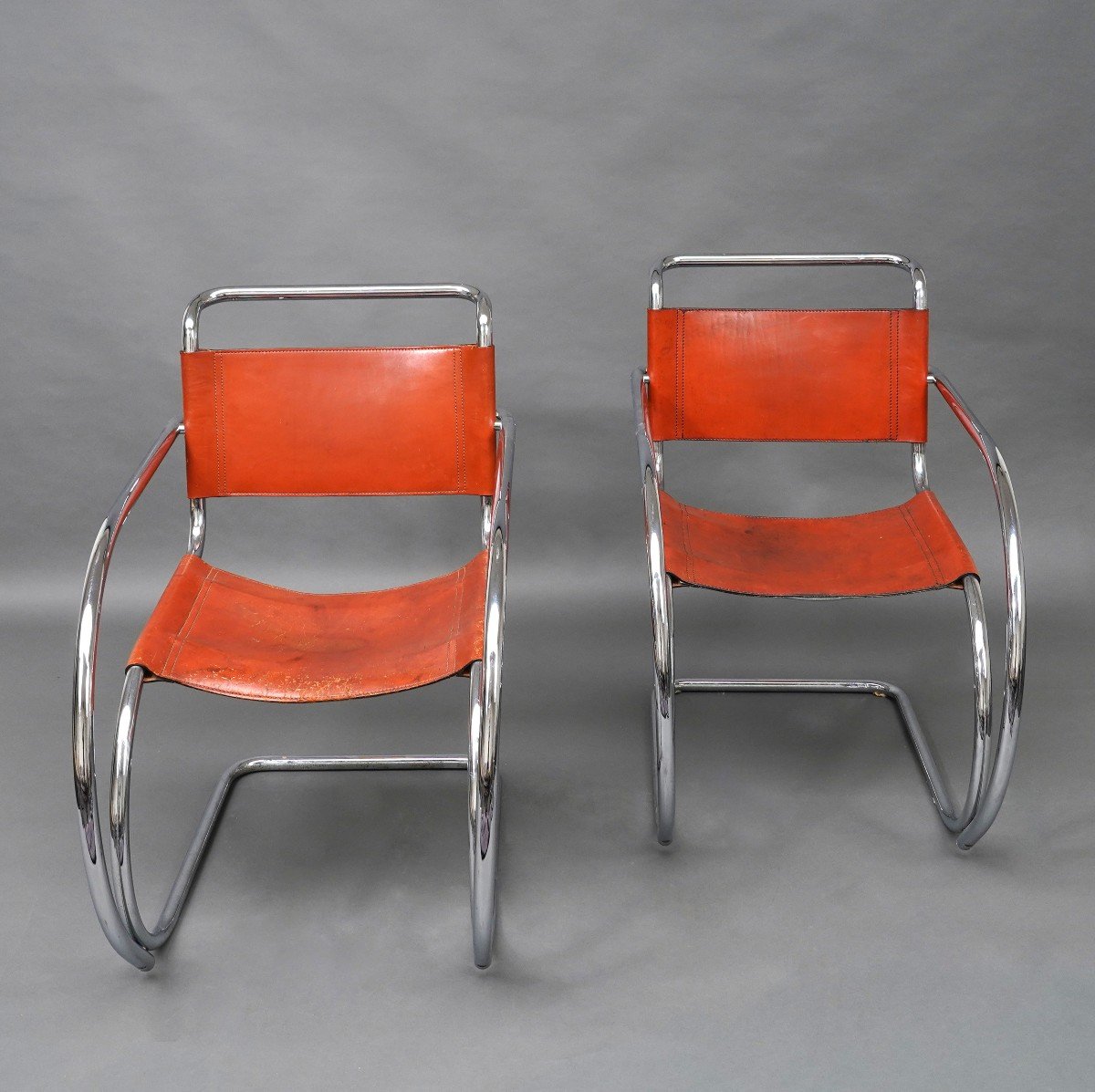
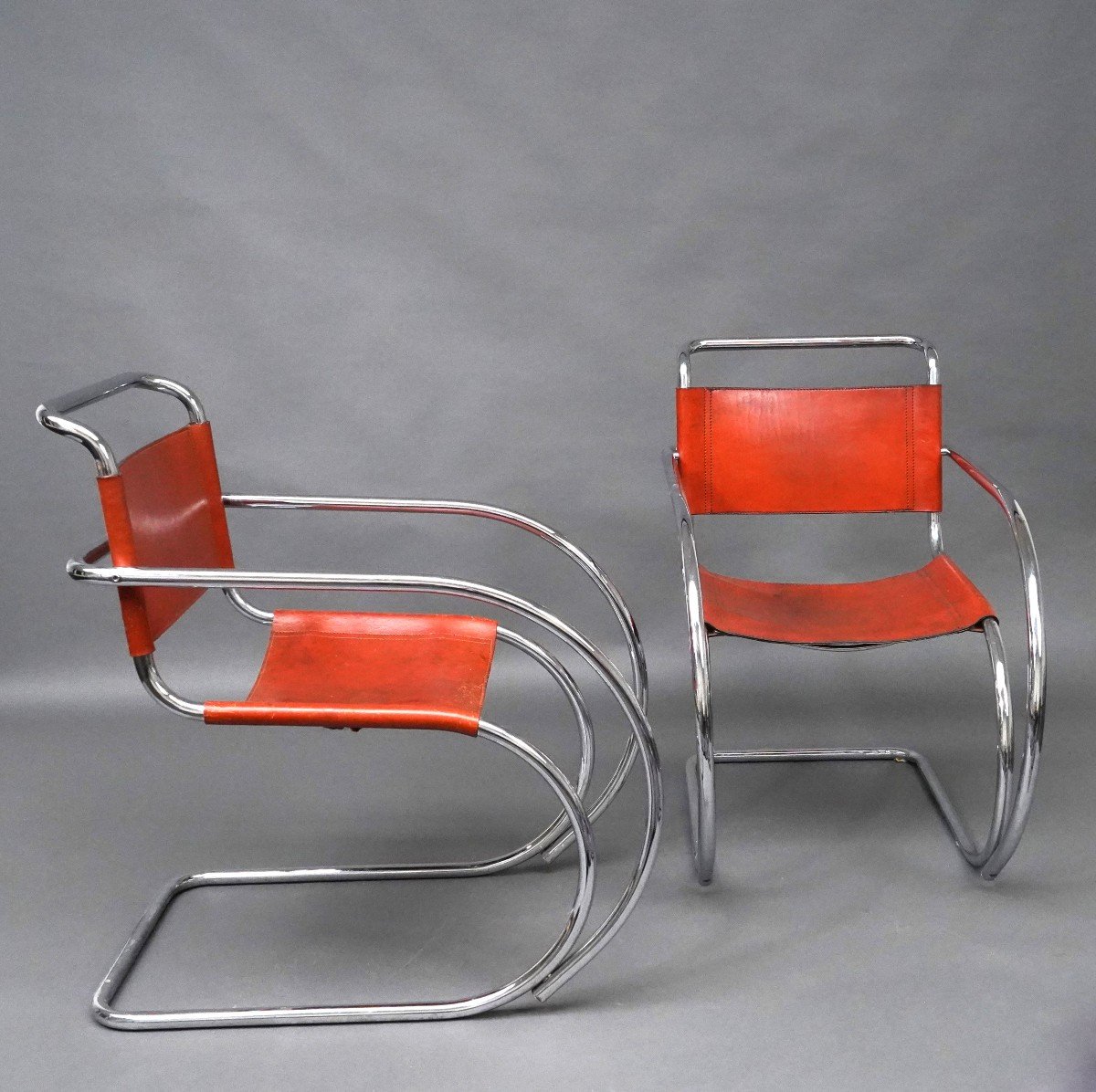
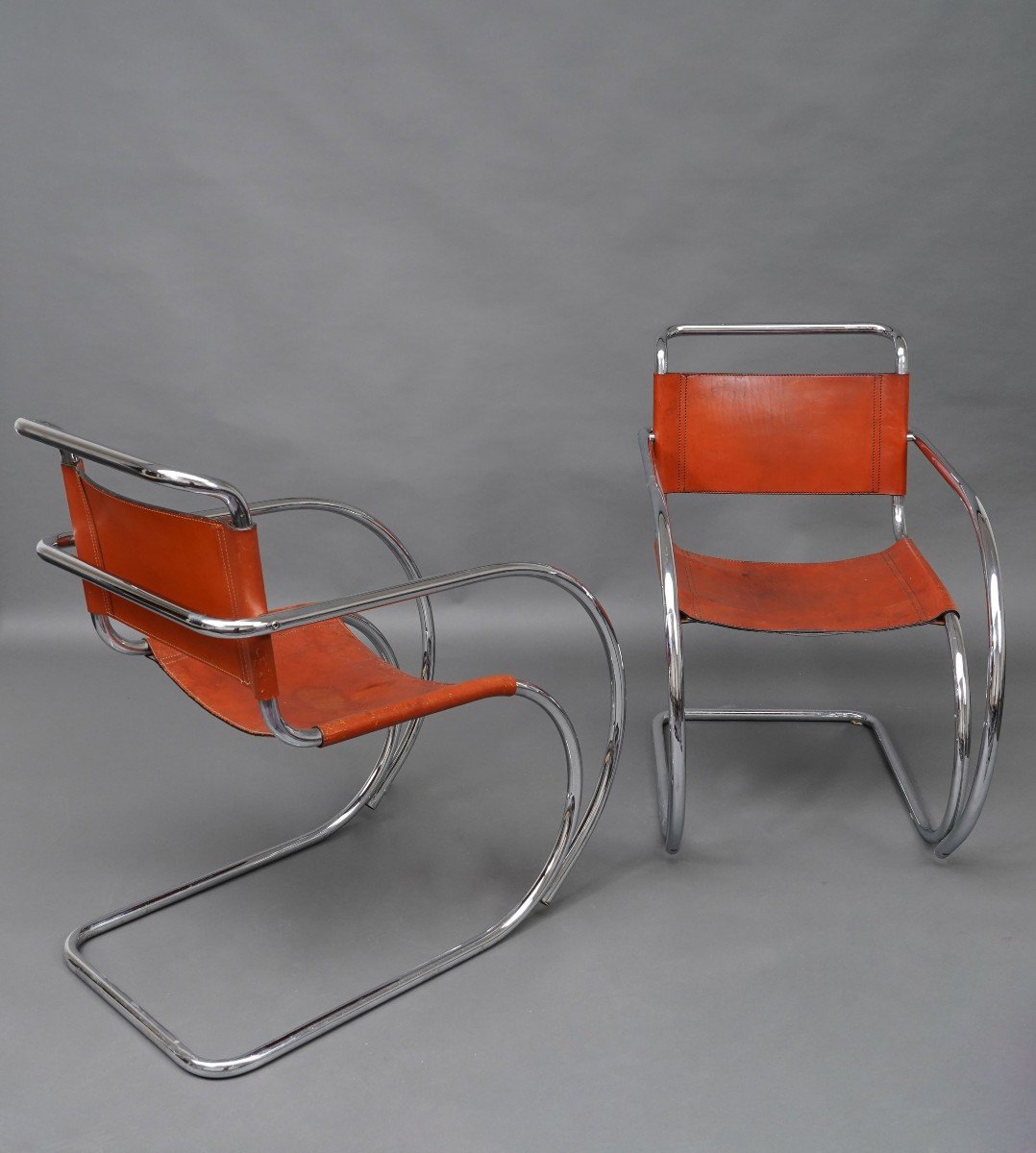
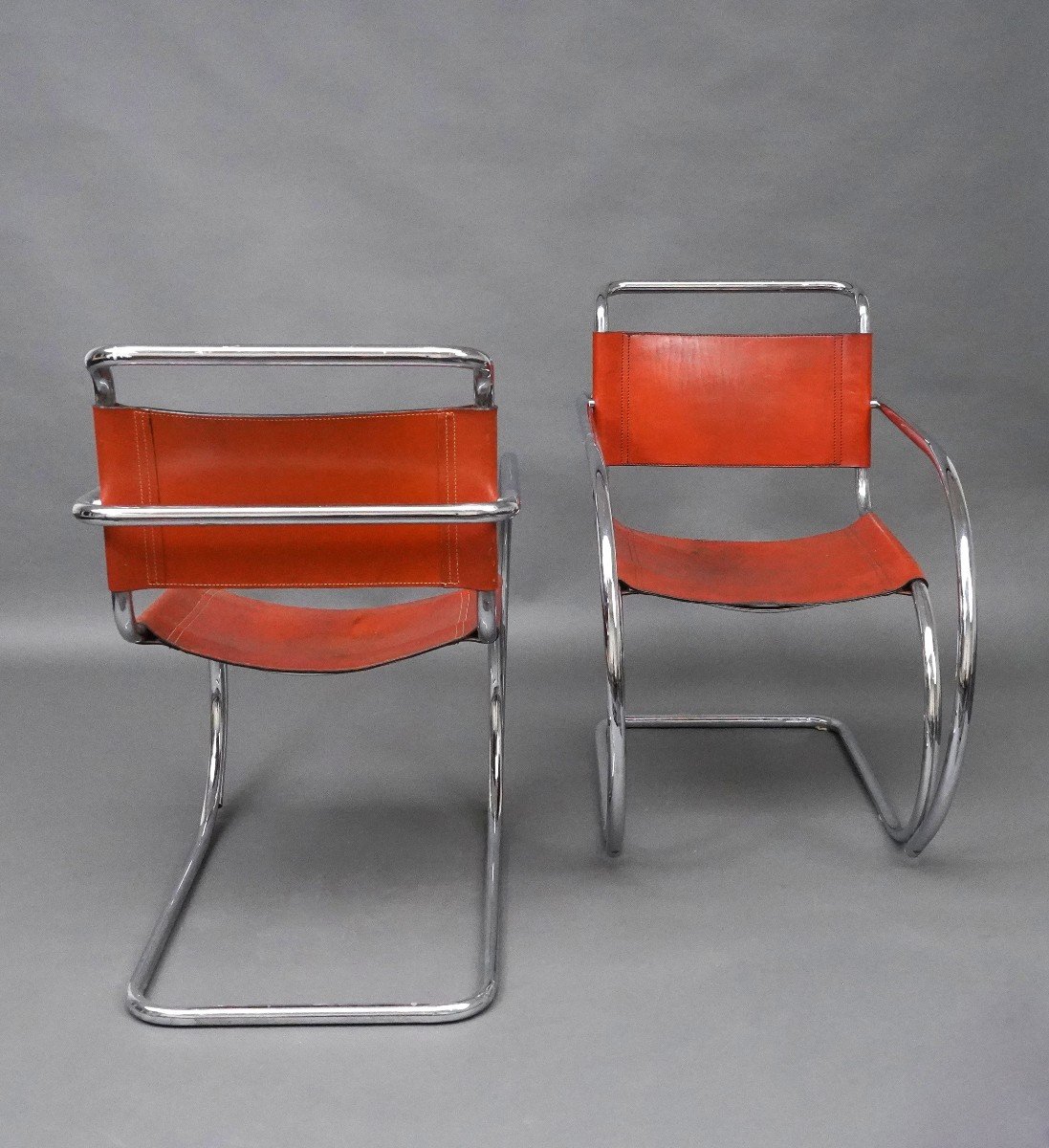
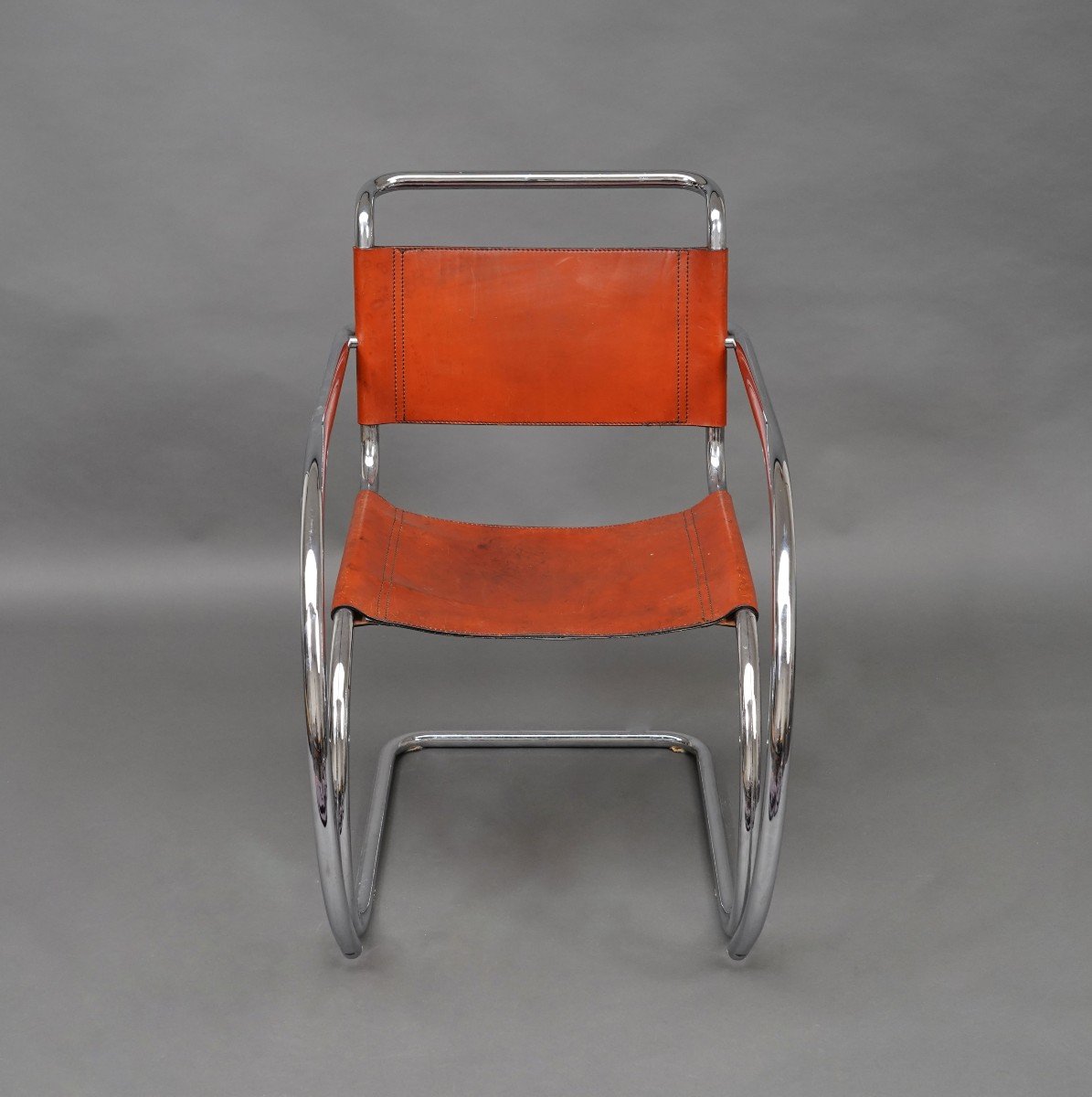
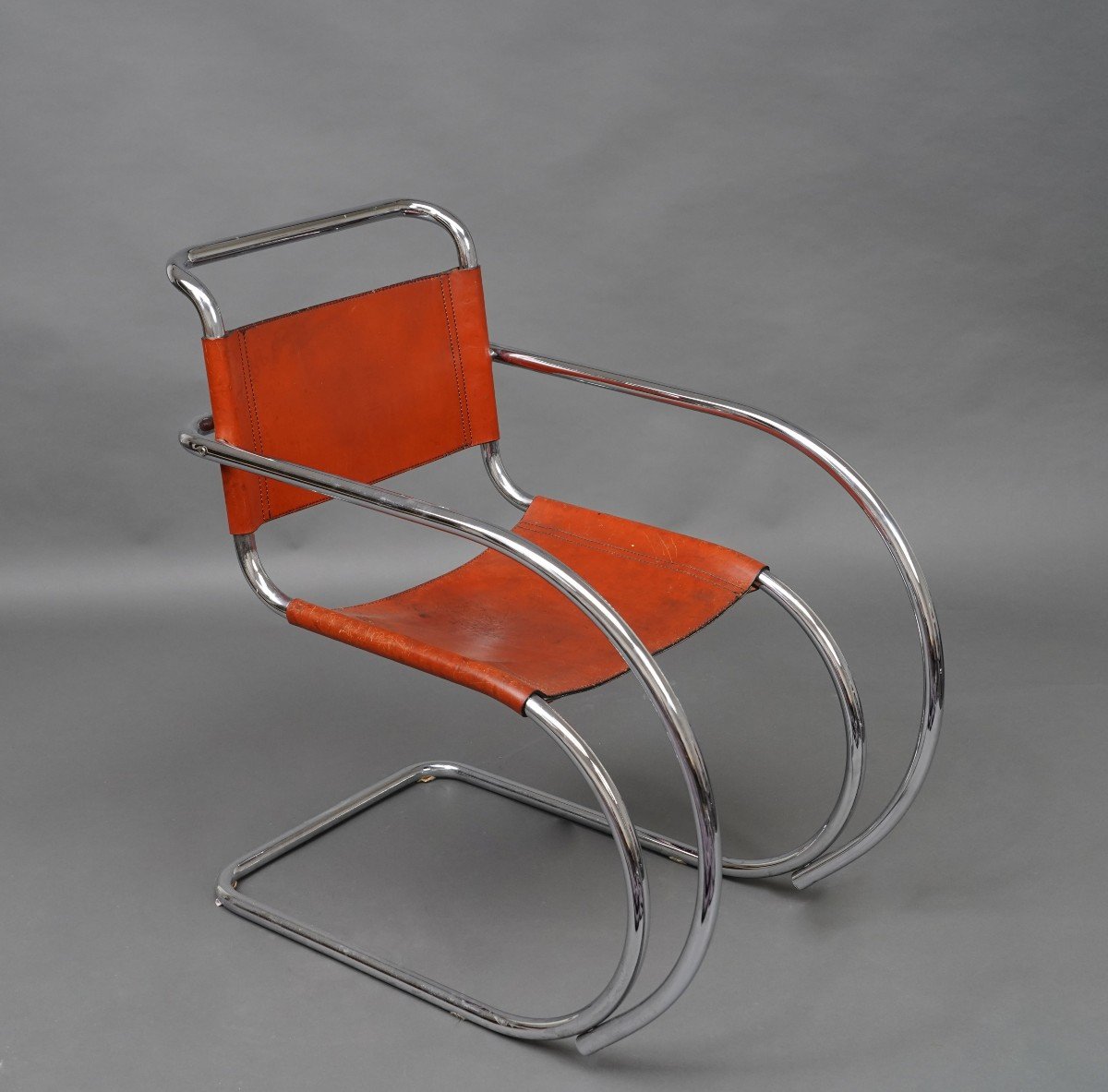
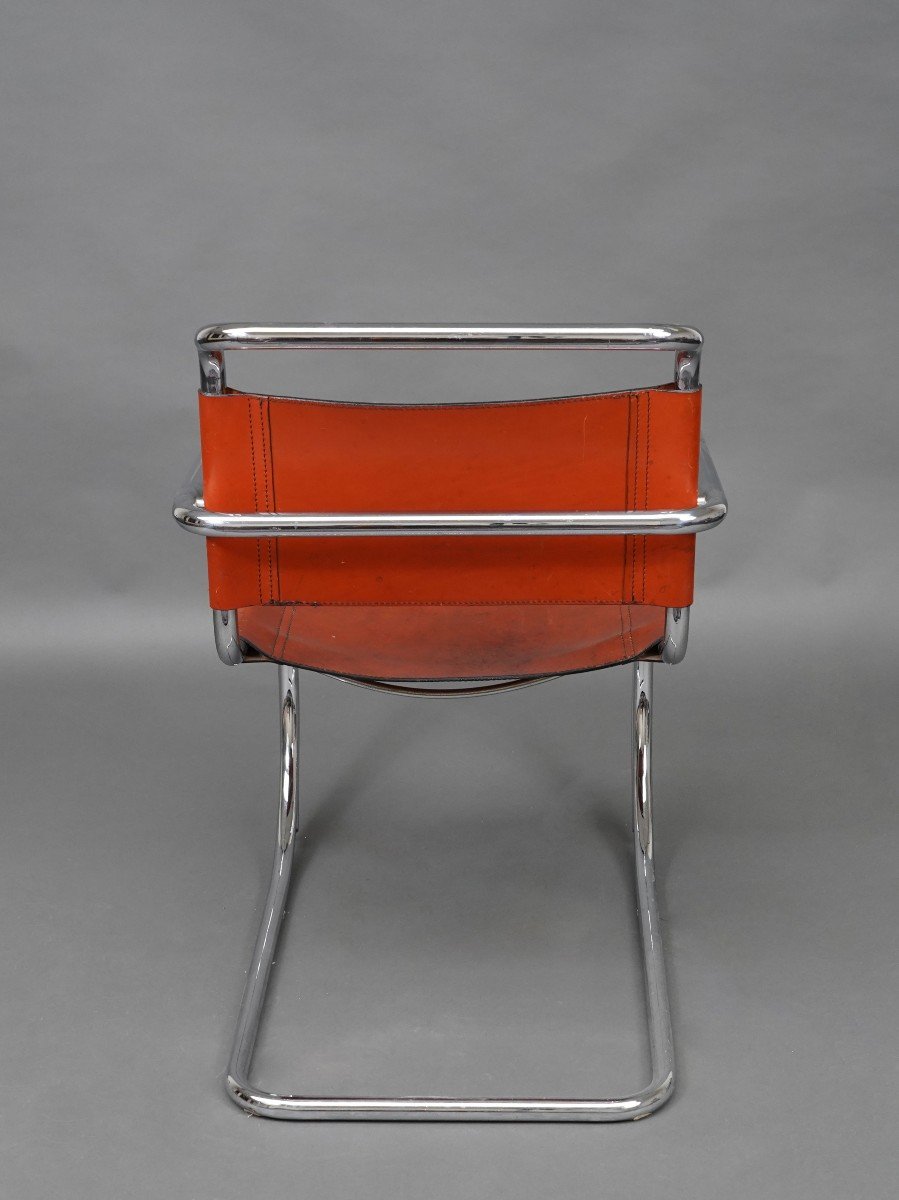


















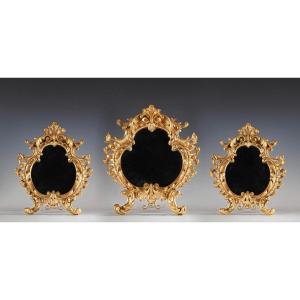
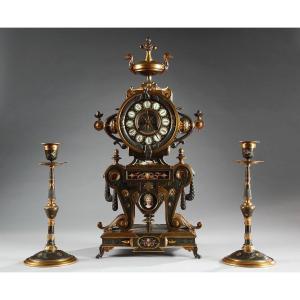
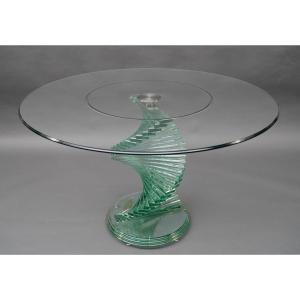
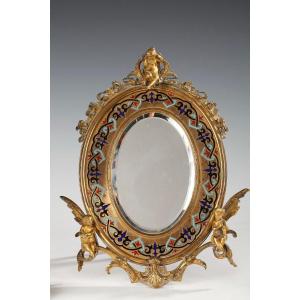
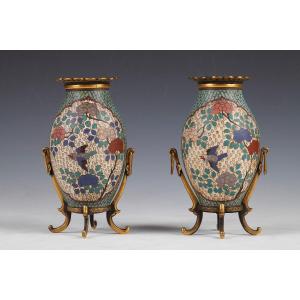
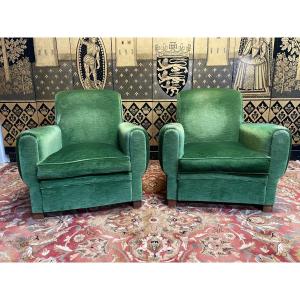







 Le Magazine de PROANTIC
Le Magazine de PROANTIC TRÉSORS Magazine
TRÉSORS Magazine Rivista Artiquariato
Rivista Artiquariato